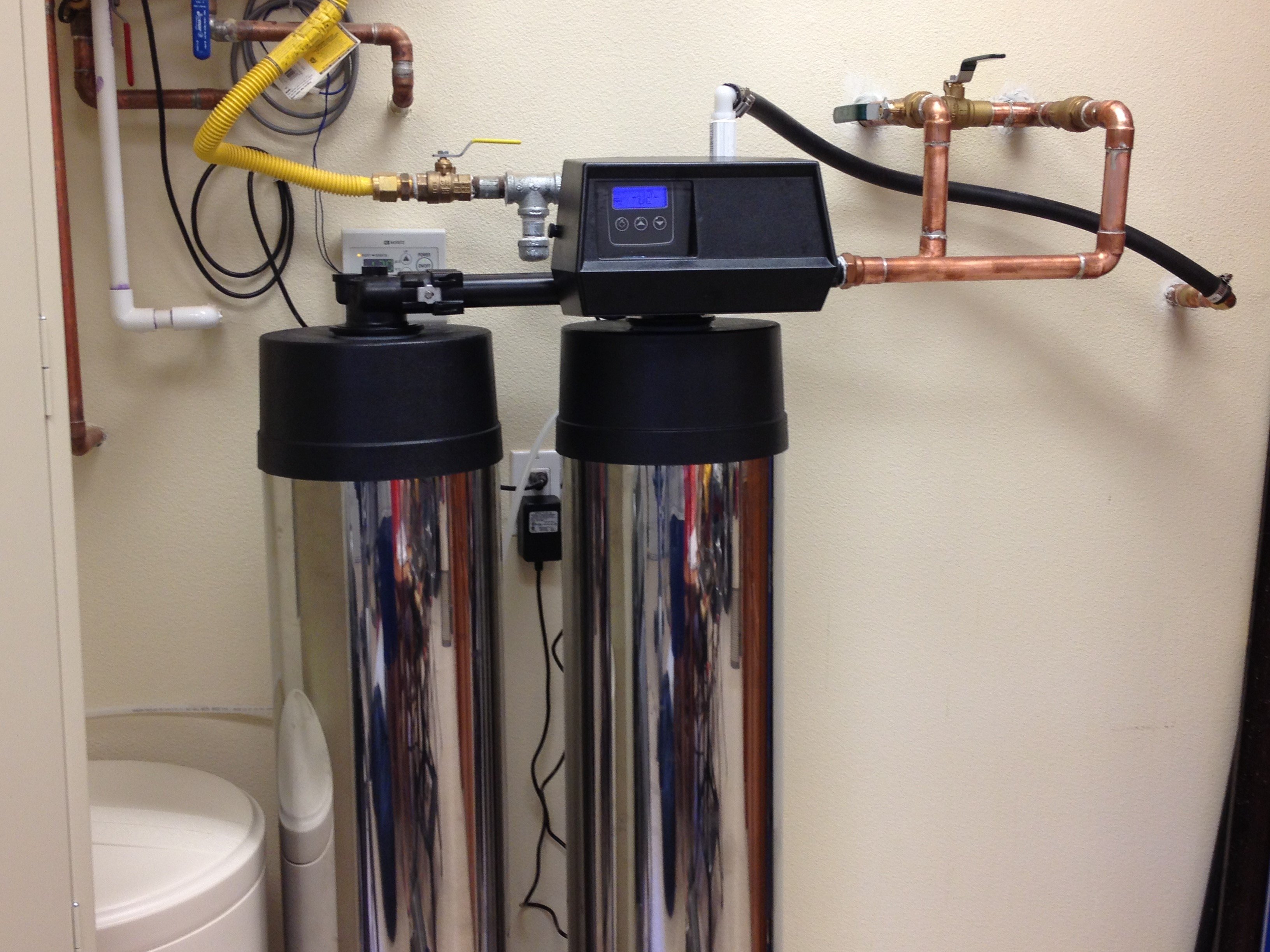Measuring Pipe Size At Home: Quick and Easy


Checking the size of the piping in your home is crucial for determining the appropriate size of the system you need to treat your water.
When installing a new treatment system in your home, many problems can be easily avoided by ensuring the size of the system piping matches the size of your incoming piping. 

Many piping systems in homes are labeled with their size where visible. Often though, finding the size of the piping installed in your home can be tricky to spot. Check first to see if the piping is labeled with the size.
If it is not, then you can use the string method described below. You can measure the circumference of the pipe and then converting to the units used in pipe sizing.
You need:
– a piece of string about 6 inches long
– a tape measure
Remove any insulation that may be around the pipe. Then, wrap the string around the circumference of the pipe one time. Remove it from the pipe and measure the length of the circumference to the nearest 1/8”. Look up in the tables below for the corresponding pipe size according to the type of pipe it is.
Copper Pipe or PEX tubing:
2.75″ (70mm) = 3/4″ pipe
3.53″ (90mm) = 1″ pipe
4.32″ (110mm) = 1 1/4″ pipe
5.10″ (130mm) = 1 1/2″ pipe
Steel Pipe or PVC Plastic Pipe:
3.25″ (83mm) = 3/4″ pipe
4.00″(102mm) = 1″ pipe
5.00″(127mm) = 1 1/4″ pipe
6.00″(152mm) = 1 1/2″ pipe
Flexible (usually black) Polyethylene Pipe:
2.96-3.33″ (75-85mm) = 3/4″ pipe
3.74-4.24″ (95-108mm) = 1″ pipe
4.90-5.57″ (124-141mm) = 1 1/4″ pipe
5.70-6.28″ (145-160mm) = 1 1/2″ pipe
Any further questions about making sure you are ordering the correct system for your home? Contact us at support@cleanwaterstore.com or at the phone number at the bottom of this webpage. We are happy to help.
Recent Posts
Water Quality for Horses and Livestock: A Guide to Healthier Barns and Pastures
Clean water is the cornerstone of animal health and productivity. Whether you're raising horses, cattle,…
Clean Drinking Water for Cats: What Every Cat Owner Should Know
Why Clean Drinking Water Matters for Cats Hydration is critical to a cat’s overall health,…
Pet Hydration: What to Know About Water Safety
Clean Drinking Water for Dogs: What Every Dog Owner Should Know Clean drinking water is…
How to Ensure Fresh, Safe Water for Your Birds: Daily Care Tips for Bird Owners
Why Filtered Water for Birds Is Essential for Their Health Like food, clean drinking water…
U.S. Water Problems by Region: Common Contaminants & Solutions
Curious about U.S. water problems by region? Water quality isn’t just a national issue—it’s a…
Wildfire Water Contamination: How to Ensure Safe Water After a Fire
Wildfire Water Contamination: What You Need to Know After the Fires Drinking water contamination is…

